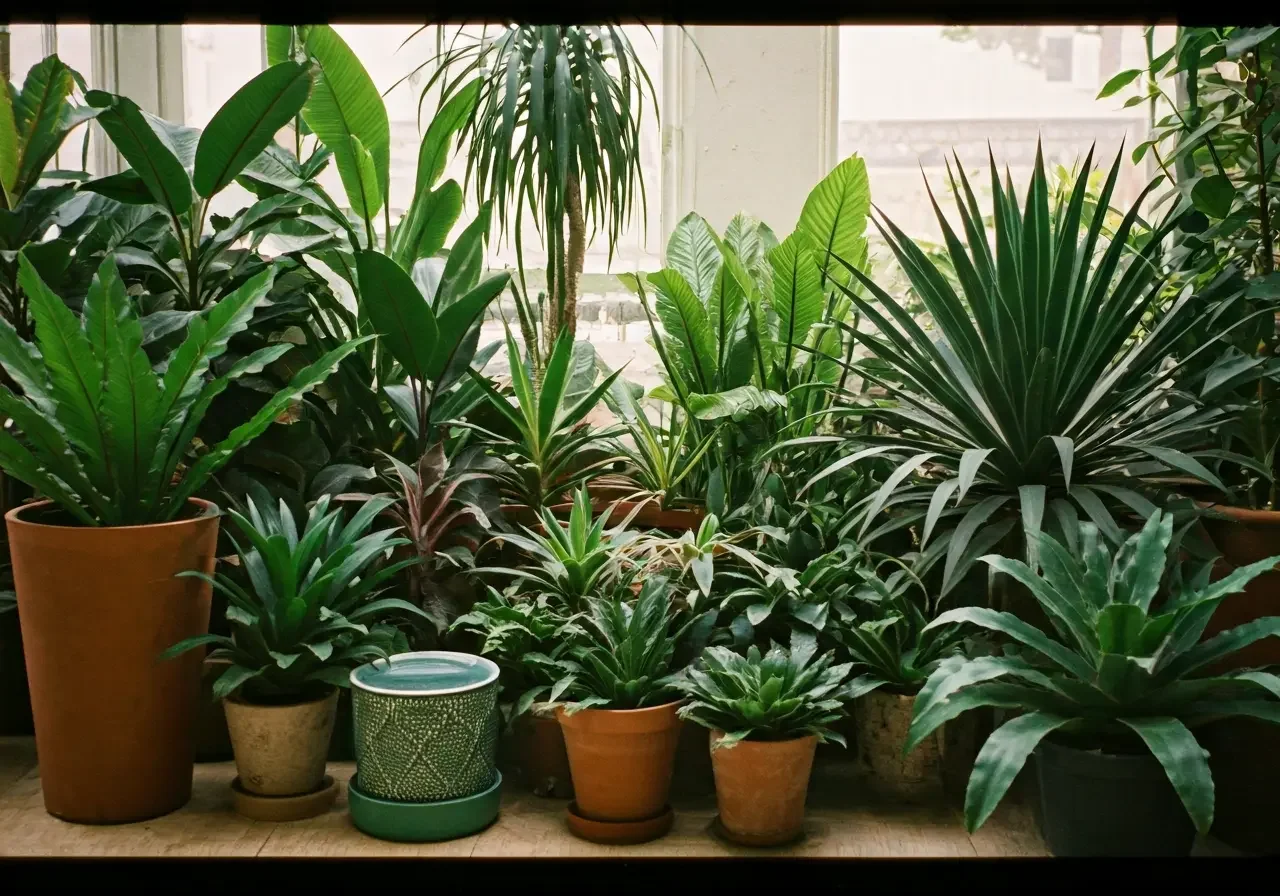The Role of Indoor Garden Design in Enhancing Home Aesthetics
Creating an indoor garden can be a wonderful way to enhance the aesthetic appeal of your home. Not only do indoor gardens bring a touch of nature indoors, but they also add life and color to your living spaces. In this blog, we'll explore how indoor garden design can elevate the look and feel of your home, making it a serene and inviting place.
Understanding the Basics of Indoor Garden Design
Indoor garden design starts with understanding the different types of plants that thrive indoors. It's important to consider light, space, and maintenance levels when selecting plants for your home. Some plants, like succulents, require minimal care and are ideal for beginners or those with a busy lifestyle. On the other hand, ferns enjoy a more humid environment, making them perfect for bathrooms. Understanding these basic needs ensures your indoor garden flourishes without constant attention.
An essential element of indoor garden design is the placement of plants within your living space. Consider areas with abundant natural light, such as window sills, which are perfect for sun-loving plants like herbs and succulents. However, for rooms that receive little sunlight, opt for shade-tolerant plants like snake plants or peace lilies. These considerations make the difference between a thriving indoor garden and one that struggles to survive, turning your home into a lush, green sanctuary.
Choosing the Right Plants for Your Space
Selecting the right plants is crucial for a successful indoor garden. Consider factors such as the amount of light available in your home, the size of the space, and your personal care preferences. If your living area is small, opt for vertical gardening solutions that utilize wall spaces or use shelves to display smaller plants like bonsai or terrariums. These dynamic setups not only make efficient use of space but also add layers of visual interest that draw the eye.
When choosing plants, it's important to think about their growth habits. Some plants, like pothos or ivy, have trailing vines that can cascade from higher shelves or baskets, creating a waterfall-like effect. Others, like fiddle leaf figs or rubber trees, grow tall and become statement pieces in any room. Understanding the growth patterns of different plants helps in crafting a garden that not only fits but enhances your living space's aesthetic vibe.
Creative Ways to Incorporate Greenery
There are countless creative ways to incorporate greenery into your home. From using hanging planters to creating a living wall, you can design your indoor garden to match your personal style and home decor. For a modern, minimalist approach, consider using sleek metallic planters combined with succulents for a clean look. Alternatively, vintage lovers might opt for repurposing old containers or antique ceramics as unique planters, adding a touch of nostalgia to their green displays.
Another imaginative technique is creating themed corners or zones within your home. For example, you might design an herb garden in the kitchen composed of basil, mint, and rosemary to inspire culinary creativity. In living rooms, a forest-themed reading nook can feature lush ferns, moss arrangements, and soft wood accents to create a restful retreat. Such setups not only enhance your home's aesthetic but also imbue each space with a unique, personalized atmosphere.
The Impact of Indoor Gardens on Home Ambiance
Indoor gardens can significantly alter the ambiance of a home. The presence of plants can make spaces feel fresher, more welcoming, and soothing, contributing positively to the well-being of the inhabitants. Studies have shown that being around plants can reduce stress and promote feelings of calmness and relaxation, creating a haven of peace in otherwise hectic environments. The subtle scents of flowers and herbs can also refresh the air, making your home feel like a natural refuge.
Beyond just looking good, indoor gardens have practical benefits, too. Plants act as natural air purifiers, filtering out toxins and producing oxygen, which enhances indoor air quality. This not only contributes to a healthier living environment but also improves concentration and mental clarity for inhabitants with work-from-home setups. By integrating greenery into your living space, you create a dynamic, health-enhancing atmosphere that supports both physical and mental well-being.
Tips for Maintaining Healthy Indoor Plants
Keeping your indoor plants healthy is key to maintaining your garden's aesthetic appeal. Regular watering, proper lighting, and occasional feeding are essential practices for plant care. However, each plant has different requirements; for instance, cacti and succulents thrive on little water, while tropical plants may need more humidity. Consistently checking the soil moisture level with your finger or a moisture meter can prevent over- or under-watering, keeping your plants happy and vibrant.
In addition to proper watering, pay attention to the lighting conditions in each room. Rotate plants regularly to ensure even exposure to sunlight, preventing uneven growth or tilting. If your home lacks sufficient natural light, consider using grow lights to supplement your plant's needs. Lastly, don't forget about regular pest control; keeping a close eye out for common indoor pests like spider mites or aphids ensures your leafy companions stay healthy and visually appealing all year round.
Embracing Nature Within
Indoor garden design offers an opportunity to customize your living space with natural beauty and creativity. From simple potted plants to elaborate green setups, these natural elements bring tranquility and charm to your home. Whether you're an experienced gardener or a newcomer to plant care, integrating indoor gardens into your home design can create a nurturing environment that enhances your quality of life. To explore personalized designs and expert advice, visit Anne Carr Design and start your journey towards a greener living space.

